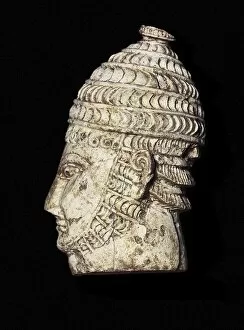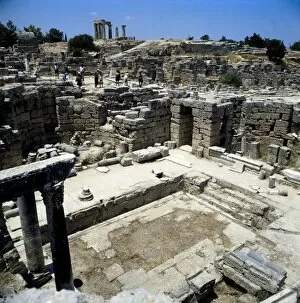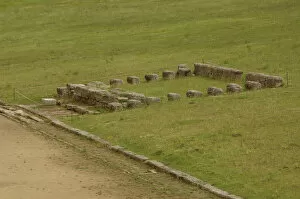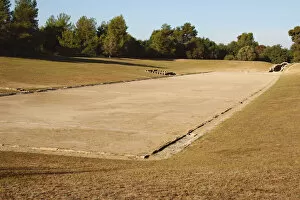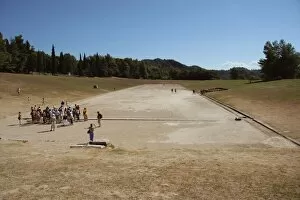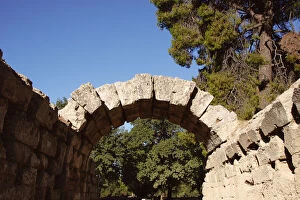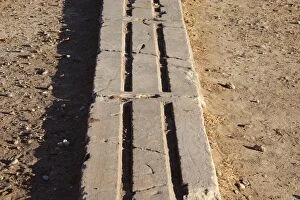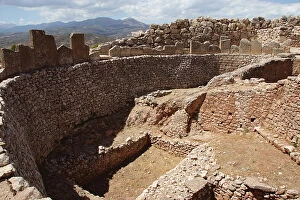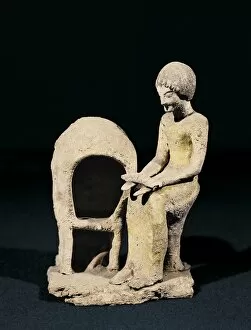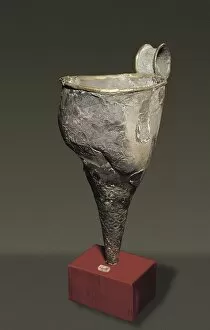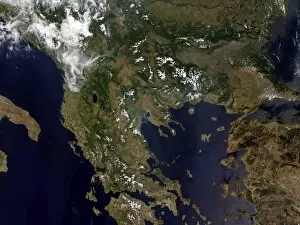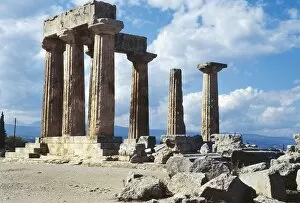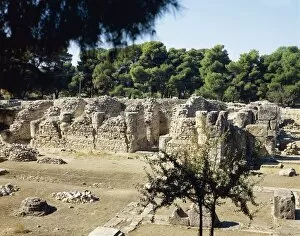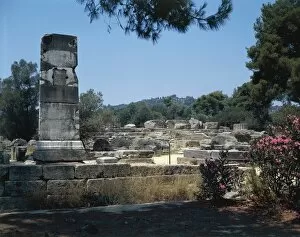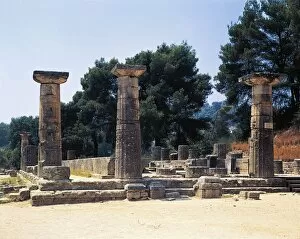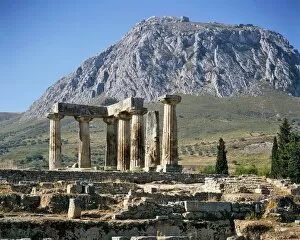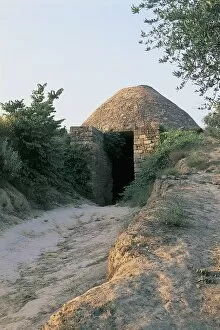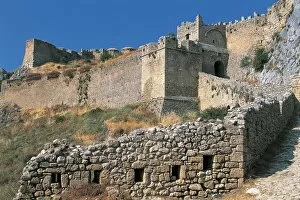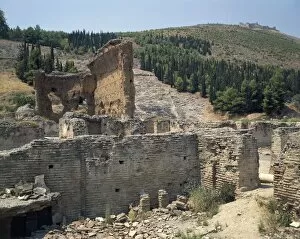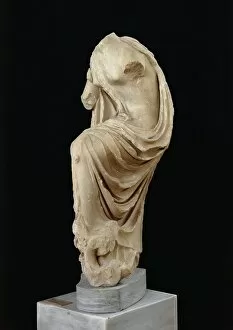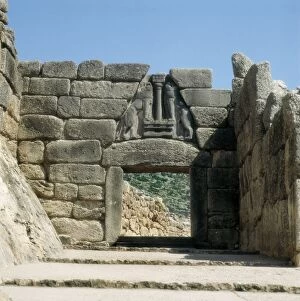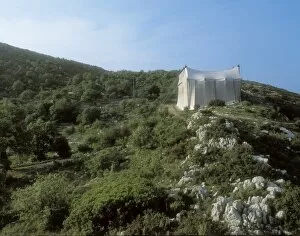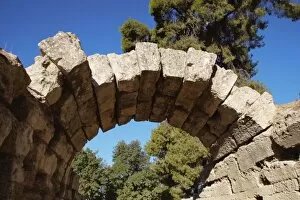Peloponnesus Collection (#2)
Peloponnesus, a region steeped in the rich history of Ancient Greece and its colonies around the Aegean
For sale as Licensed Images
Choose your image, Select your licence and Download the media
Peloponnesus, a region steeped in the rich history of Ancient Greece and its colonies around the Aegean. This peninsula was once the heart of the powerful Ancient Greek empire, with its cities and states shaping the course of civilization. As we explore a map of the Peloponnesus of ancient Greece, we are transported back in time to witness the grandeur and beauty that characterized this land. The remnants of Greek civilization can still be seen today, such as a mesmerizing marble slab with relief attributed to School of Praxiteles depicting Muses from Mantinea, Greece. Mycenaean Art takes us even further into antiquity, showcasing intricate designs found in Mycenae's Royal Tombs. The iconic Lion Gate stands tall as a symbol of strength and power in Arcadia. Meanwhile, an intriguing figure carved on stone introduces us to everyday life during 1500 BC - 1100 BC—a woman working diligently in her kitchen. Venturing deeper into Peloponnesus reveals more wonders: Sparta's ruins bear witness to its legendary status as a formidable city-state. Mistra's Monastery of Pantanassa exudes tranquility amidst breathtaking surroundings. The artistry displayed by our ancestors is awe-inspiring; their creativity captured through various mediums like warrior heads sculpted during Mycenaean times or coins depicting mythical creatures like Chimera from 400-300 BCE. A squat lekythos oil jar showcases unknown creators' talents between 430-410 BCE. Peloponnesus continues to captivate us with its historical significance and cultural heritage—an enchanting place where past meets present at every turn.

